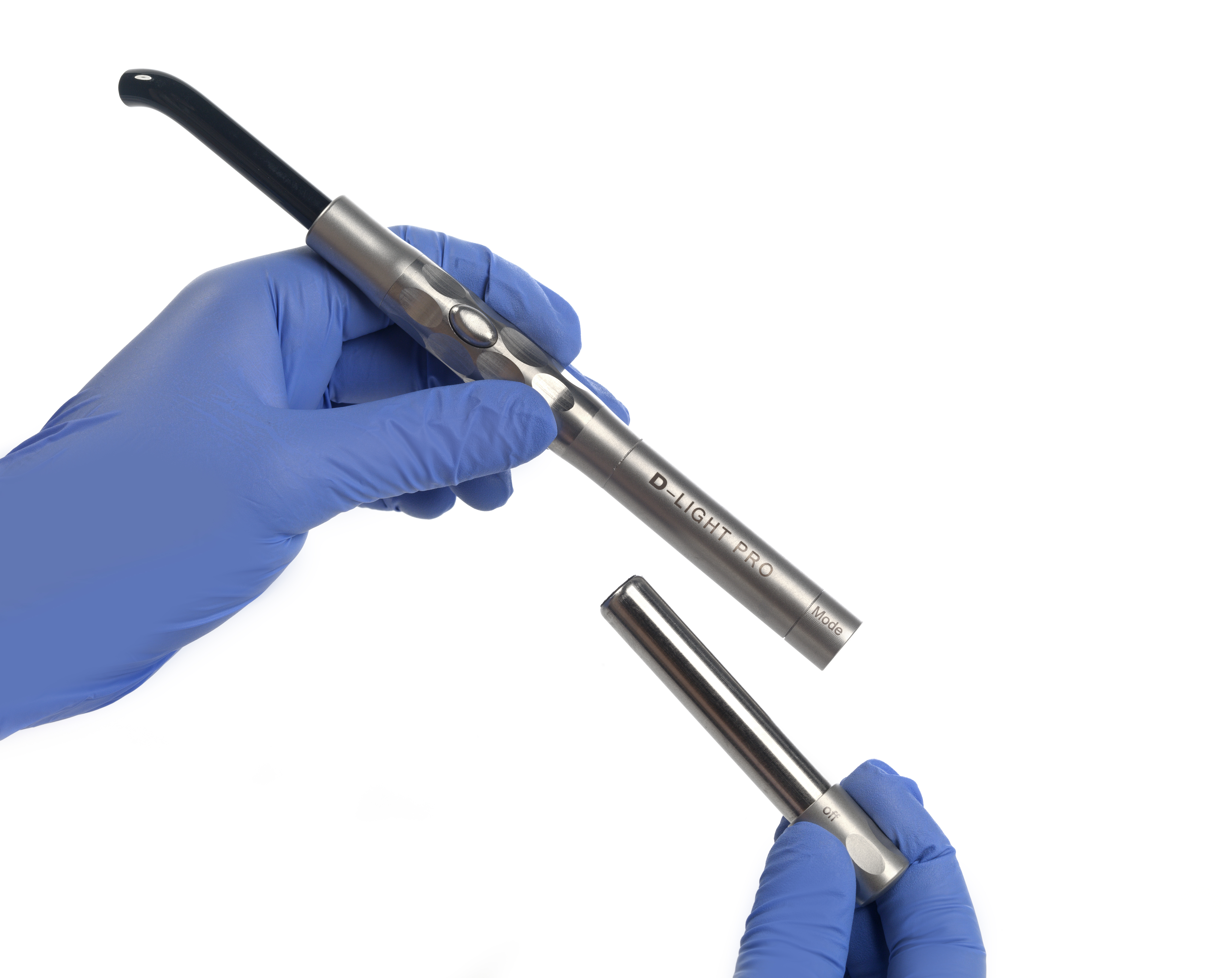

I was able to capture this sunset shot of a giraffe at 3.5x zoom, with the camera handling the orange glow of the sun’s rays without blowing out the rest of the shot whilst balancing the shadows on the ground and retaining the detailed print on the animal. This camera set-up excels for zoomed-in low-light shots. This clever main lens is complimented by a 13Mp ultra-wide lens with an f/2.2 aperture, and perhaps most excitingly, a 48Mp telephoto camera with a f/2.1 aperture, and 3.5x optical zoom. Being able to ramp up to f/4.0 also helps let in more light to get better shots when light is scarce.
PHOTO LIGHT PRO PRO
Being able to change the aperture on the P60 Pro lets you create a natural background blur on closer subjects without the use of software, or open up the lens to take in more of a landscape shot and keep all plains in focus.
PHOTO LIGHT PRO MANUAL
This makes the manual controls a little more akin to a DSLR camera. It has a moving part that allows you to choose ten different steps between f/1.4 and f/4.0 in the pro mode mode in the camera app. The phone has a triple camera set-up led by a 48Mp main lens that has the same physical variable aperture tech seen on the Mate 50 Pro. This is paired with either 8GB RAM and 256GB storage, or 12GB RAM and 512GB. This is the same chip seen in the Samsung Galaxy Z Flip 4, the Xiaomi 12s Ultra and the OnePlus 10T. The Huawei P60 Pro comes fitted with a Snapdragon 8+ Gen 1 processor.

Huawei has once again produced a stunning flagship smartphone with the P60 Pro Specs & Performance However, it does lack the same colour and punch that you’ll find on smartphones fitted with additional audio processing and beefier hardware such as the superlative Asus ROG Phone 7 Ultimate. These are loud and punchy, with some music soundtracks having clearly defined bass, mids and highs. Stereo speakers are fitted at the top and bottom of the phone. The P60 Pro also boasts 300Hz touch-sampling rate, meaning its fast and responsive for gaming. You can also have the phone on high (120Hz), or standard (60Hz) if you’re conscious of power. The screen has an adaptive refresh rate that can display between 1- and 120Hz, which balances slick graphics with battery life. Despite a terrifying loud clang, the phone came away unscathed. I accidentally tested this out when the phone slipped off the sofa and landed on a ceramic plate. Selecting a region changes the language and/or content on phone comes with Kunlun glass, Huawei’s in-house alternative to industry favourite Corning Gorilla Glass. Drag the Blacks slider to the left to set the darkest parts of the photo to rich black.This sets the brightest parts of the photo to pure white. Press the Alt (Option) key and drag the Whites slider to the right until you see small spots of white or color.Drag the Shadows slider to the right to lighten and bring out detail in dark areas.



 0 kommentar(er)
0 kommentar(er)
